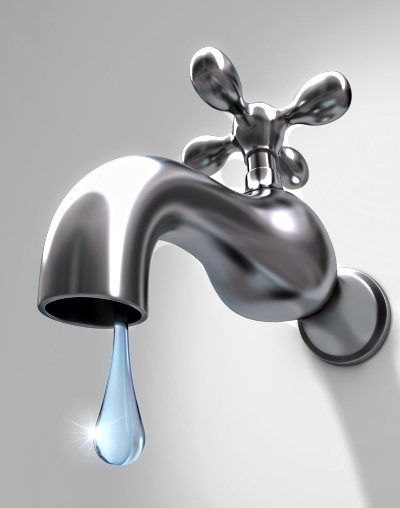
courtesy Google Images
James Famiglietti, a leading hydrologist at the NASA Jet Propulsion Laboratory, wrote a recent article in Nature Climate Change entitled, “The global groundwater crisis”. In that article, he warns that, based on satellite imagery analysis, “most of the major aquifers in the world’s arid and semi-arid zones, are experiencing rapid rates of groundwater depletion.”
Worse, “nearly all of these aquifers underlie the word’s great agricultural regions and are primarily responsible for their high productivity.
“These water-deficient agricultural regions include California which, based on satellite image data, has less than one year of water remaining :
“Data from NASA satellites show that the total amount of water stored in the Sacramento and San Joaquin river basins – that is, all of the snow, river and reservoir water, water in soils and groundwater combined – was 34 million acre-feet below normal in 2014. That loss is nearly 1.5 times the capacity of Lake Mead, America’s largest reservoir.
“California been dropping more than 12 million acre-feet of total water yearly since 2011. Roughly two-thirds of these losses are attributable to groundwater pumping for agricultural irrigation in the Central Valley. Farmers have little choice but to pump more groundwater during droughts, especially when their surface water allocations have been slashed 80% to 100%. But these pumping rates are excessive and unsustainable.
“California has only about one year of water supply left in its reservoirs, and our strategic backup supply, groundwater, is rapidly disappearing.
There is no contingency plan.
• According to an A.D. 2013 article in Slate magazine entitled “The C-free Diet”:
“California produces a sizable majority of many American fruits, vegetables, and nuts: 99 percent of artichokes, 99 percent of walnuts, 97 percent of kiwis, 97 percent of plums, 95 percent of celery, 95 percent of garlic, 89 percent of cauliflower, 71 percent of spinach, and 69 percent of carrots (and the list goes on and on). Some of this is due to climate and soil.
“No other state, or even a combination of states, can match California’s output per acre. Lemon yields in California, for example, are more than 50 percent higher than in Arizona. California spinach yield per acre is 60% higher than the national average. Without California, supply of all these products in the United States and abroad would dip, and in the first few years, a few might be nearly impossible to find. Orchard-based products in particular, such as nuts and some fruits, would take many years to spring back.”
• The implications are obvious. If California runs out of water next year, the domestic supplies of many fruits and vegetables will probably diminish. The prices of fruits and vegetables will probably rise.
Food shortages are possible.
Food riots are unlikely in the near term, but within a year or three, conceivable.
If we have a year before California runs out of water, it might be a good idea to use this year as an opportunity to establish your own garden or aqua-culture operation.
• But, here’s an extraordinary video that deals with much the same problem: global desertification. As you can see from the video, much of the world may be turning into desert. For production may therefore wane, contributing to starvation and violence.
But–as the speaker (Alan Savory) in this video explains, all is not lost. In fact, the solution to many instances of desertification may be to increase grazing on lands that have become arid. Sound nuts? Take the time to view the video. The speaker makes me proud to be a member of mankind. He’s doing something good.
video 00:22:19
